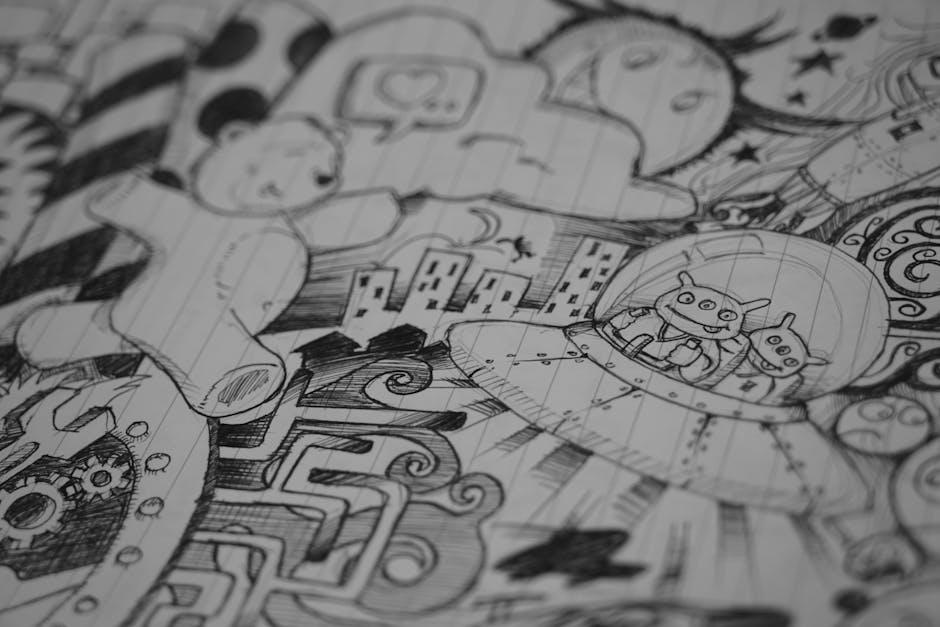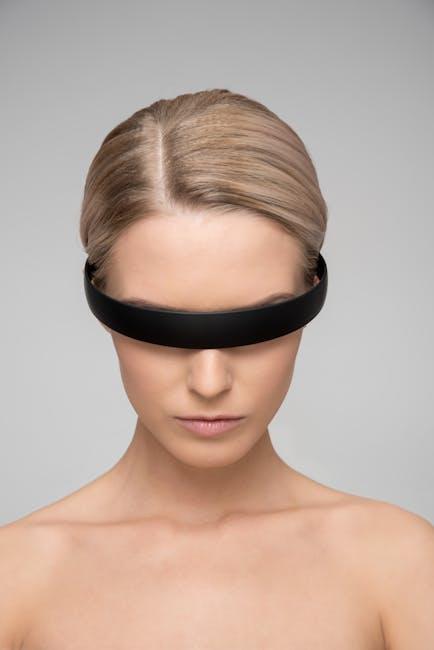
Teeth-Cleaning Robots, Red-Light Therapy: What’s Ahead for Dental Health – WSJ
As dental technology continues to evolve at a rapid pace, cutting-edge innovations like teeth-cleaning robots and red-light therapy are emerging as game-changers in oral health. According to recent coverage by the Wall Street Journal (WSJ), these technologies promise to revolutionize how we maintain healthy teeth and gums in the near future. This comprehensive article explores what’s on the horizon for dental health, delving into the science, benefits, and practical implications of these advanced dental care solutions.
The Rise of Teeth-Cleaning Robots: A New Era of Oral Hygiene
Imagine a compact robot that can clean your teeth thoroughly, gently, and with precision far beyond manual brushing. Teeth-cleaning robots are no longer the stuff of science fiction—they are quickly becoming a reality.
How Teeth-Cleaning Robots Work
Teeth-cleaning robots use artificial intelligence (AI), robotic arms, and advanced sensors to detect plaque, tartar, and stains on the teeth. These smart devices are designed to mimic or even surpass professional dental cleaning techniques.
- Automated brushing and flossing: Robots can adapt brushing pressure, angle, and duration based on your individual needs.
- Ultrasound or sonic vibrations: These robots may incorporate ultrasonic technologies to loosen plaque beyond traditional brushing.
- Data tracking and feedback: They connect to smartphone apps to monitor your oral hygiene routine and suggest improvements.
Benefits of Teeth-Cleaning Robots
- Consistency: Robots ensure thorough cleaning without missing hard-to-reach areas.
- Personalized care: Tailored oral hygiene recommendations based on real-time analysis.
- Reduced gum damage: Precision controls prevent overbrushing that harms gums.
- Time-saving: Automated cleaning shortens the time spent on oral hygiene.
Red-Light Therapy: A Promising Adjunct for Dental Health
Red-light therapy (RLT), also known as photobiomodulation, is gaining traction in the dental industry for its non-invasive healing benefits. This treatment uses low-level red or near-infrared light to stimulate cellular activity and promote tissue repair.
Applications of Red-Light Therapy in Dentistry
- Accelerating gum healing: RLT supports faster recovery from gum disease and procedures.
- Reducing inflammation and pain: Light therapy helps alleviate discomfort linked to oral health issues.
- Promoting bone regeneration: Some studies show promising results in bone healing post dental implants.
The Science Behind Red-Light Therapy
When red light penetrates the oral tissues, it enhances mitochondrial function in cells, boosting energy production and promoting the synthesis of proteins important for tissue repair. This mechanism helps the mouth heal faster after procedures like root canals or extractions.
What the WSJ Predicts for the Future of Dental Health
The Wall Street Journal, a leading authority on emerging trends, highlights the integration of robotics and biotechnology as the future foundation of dentistry. Below is a summary of their key predictions:
| Trend | Impact on Dental Health | Expected Timeframe |
|---|---|---|
| Teeth-Cleaning Robots | Automated, precise oral hygiene with AI improvements | Within 5 years |
| Red-Light Therapy | Non-invasive healing, quicker recovery post-dental procedures | Currently expanding, widespread in 3-7 years |
| Smart Oral Health Monitoring | Real-time diagnostics and preventive care alerts | 2-4 years |
| Biomaterial Enhancements | Regenerative dental materials, tissue engineering | 5-10 years |
Practical Tips for Embracing Future Dental Technologies Today
While these technologies mature, there are already ways to prepare and optimize your dental health practices:
- Stay updated on FDA approvals and clinical trials of new devices like ultrasonic-brush robots.
- Consider investing in smart toothbrushes with AI guidance as a stepping stone toward robotic cleaning.
- Inquire with your dentist about red-light therapy options especially if you undergo frequent dental procedures or suffer from gum issues.
- Maintain traditional dental hygiene routines diligently—future tech complements, not replaces, foundational habits.
Case Study: Early Adopters of Teeth-Cleaning Robots and Red-Light Therapy
Several dental clinics in tech-forward cities such as San Francisco and Tokyo have piloted teeth-cleaning robots alongside red-light therapy sessions. Patients reported:
- Reduced plaque and improved whitening after robotic cleaning sessions compared to manual brushing.
- Less post-treatment pain and faster gum healing when red-light therapy was integrated after scaling.
- High satisfaction due to personalized insights into their brushing habits and oral health through connected apps.
Dental professionals emphasize the technology’s role in encouraging better oral health habits and improved patient outcomes.
Firsthand Experience with Teeth-Cleaning Robots
Jessica M., a beta-user of a prominent teeth-cleaning robot model, shared her experience:
“The robot made cleaning my teeth effortless and thorough. I was amazed at how it reached every nook without causing gum irritation – something I’ve struggled with using regular brushes. Plus, the app helped me track improvement and reminded me when to see my dentist.”
Her testimonial illustrates how emerging dental technologies can foster consistent care and empower users.
Conclusion: Embracing a Smarter, Healthier Smile
The future of dental health shines bright with teeth-cleaning robots and red-light therapy leading the way to smarter, more efficient, and patient-friendly oral care. As the Wall Street Journal reports, these innovations are shaping the next decade of dentistry by enhancing precision, healing, and personalized care. For dental patients and professionals alike, staying informed and open to these advances will be key to embracing a healthier smile tomorrow.


